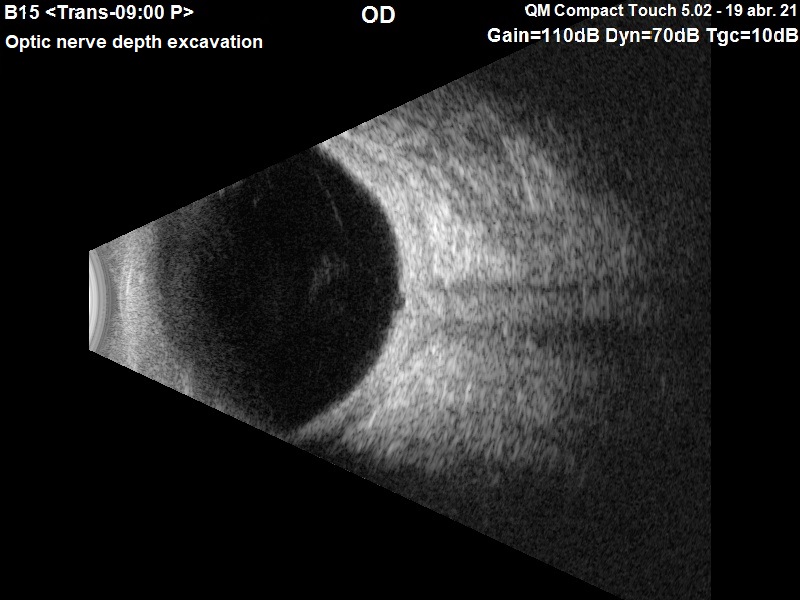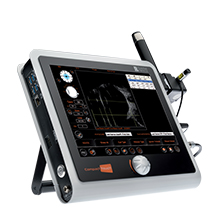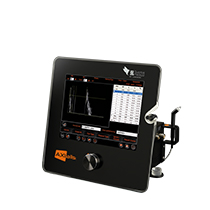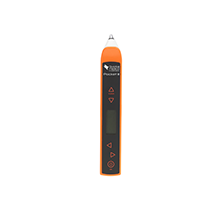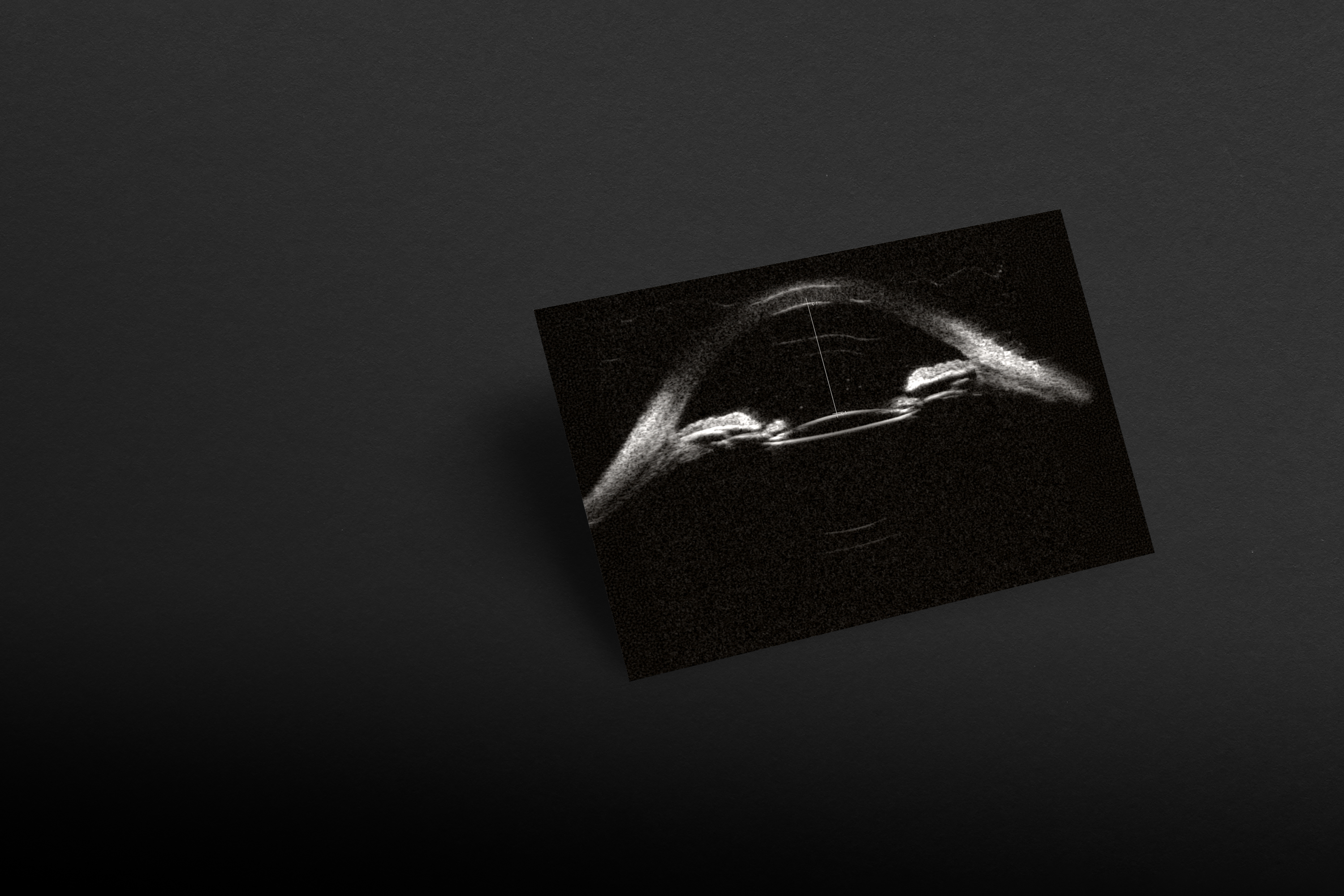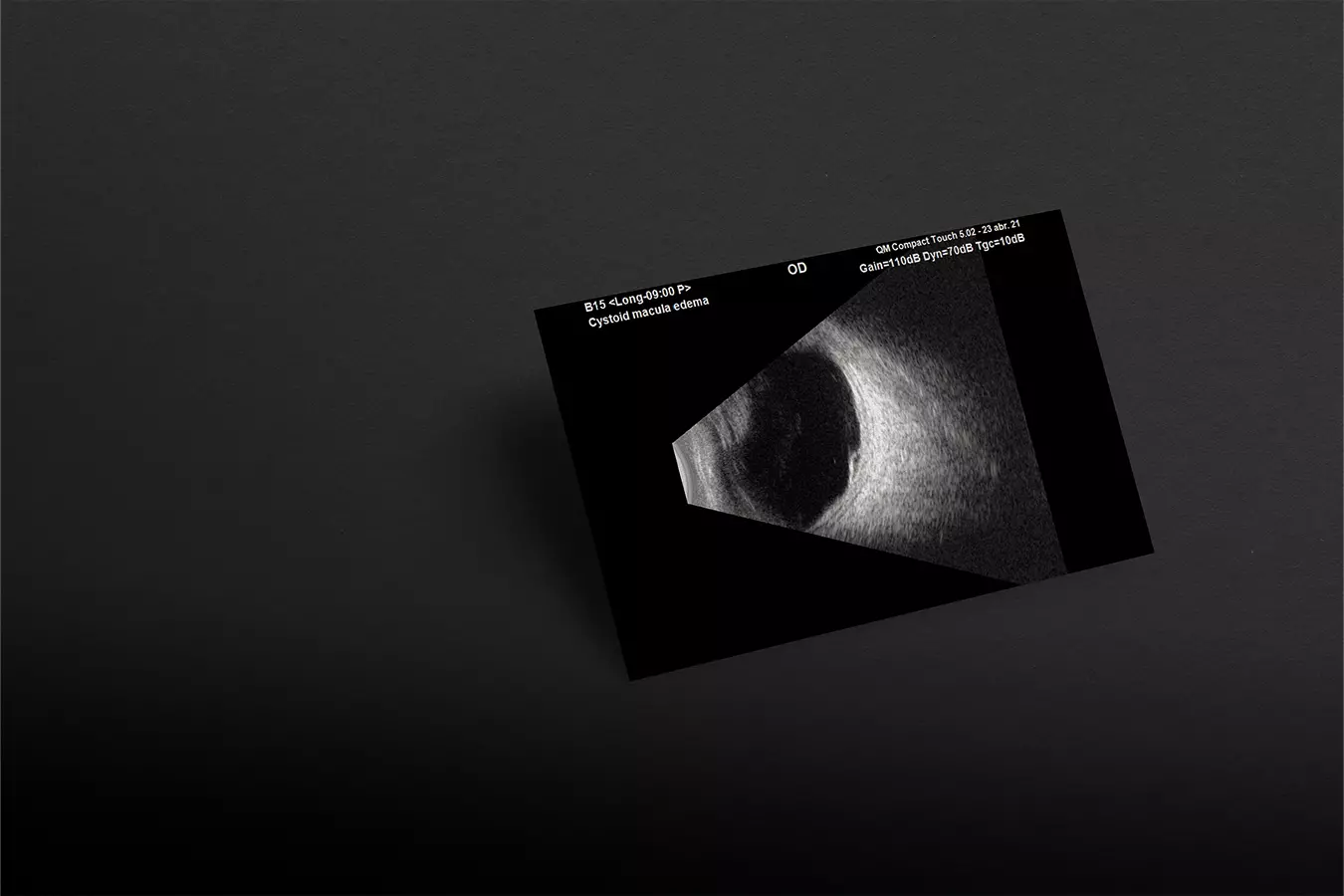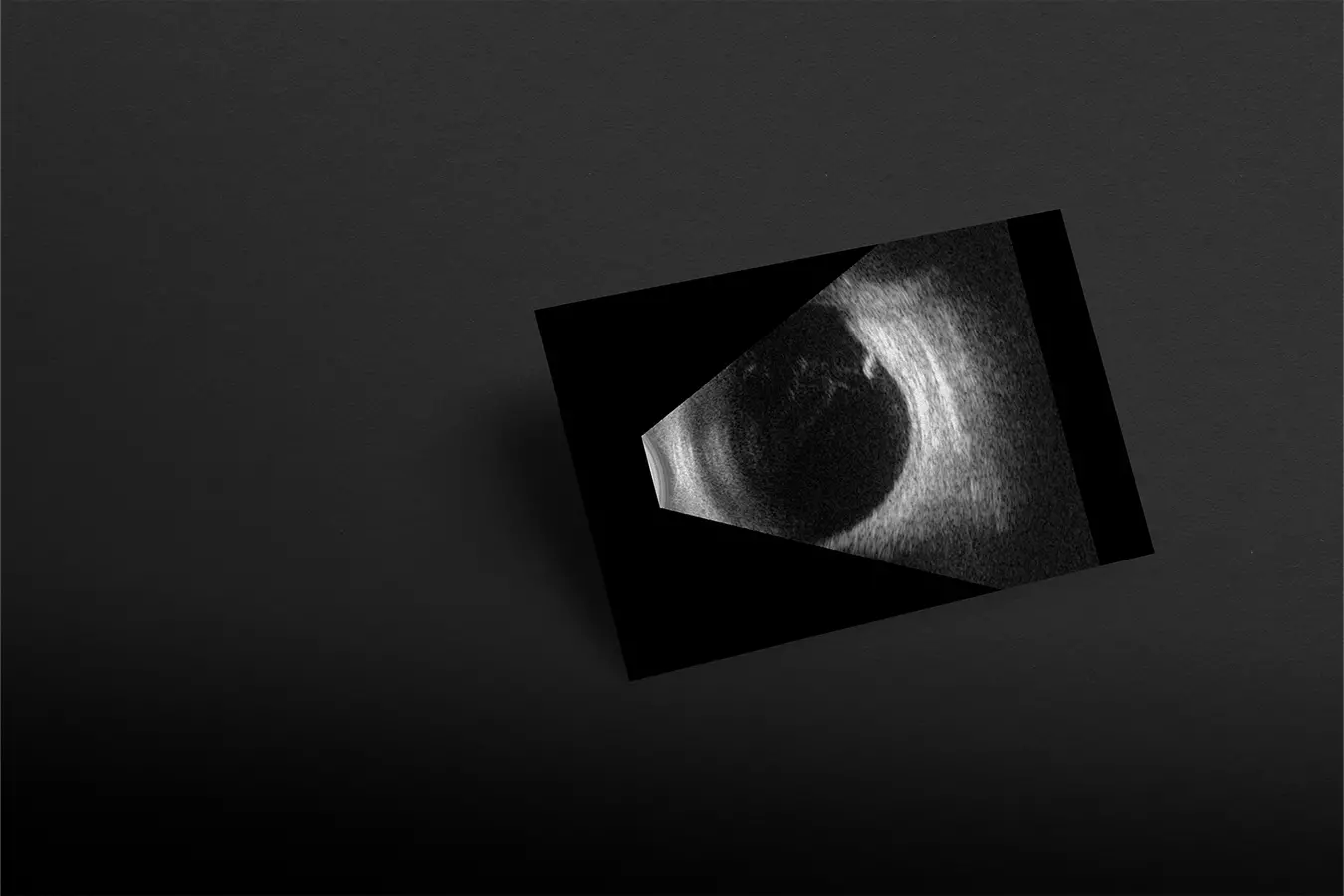Lima, Peru

Prof Mario de La Torre
Graduated as an ophthalmologist 32 years ago, in 1993 he obtained his Degree of Doctor of Medicine at the Julius Maximilians University of Würzburg Germany, with a mention in Ocular and Orbital Ultrasound, obtaining the Magna cum Laude qualification.
In routine examinations prior to cataract surgery, it is important to determine the state of the macula and the optic nerve to rule out pathologies that may worsen the patient's visual prognosis after surgery.
